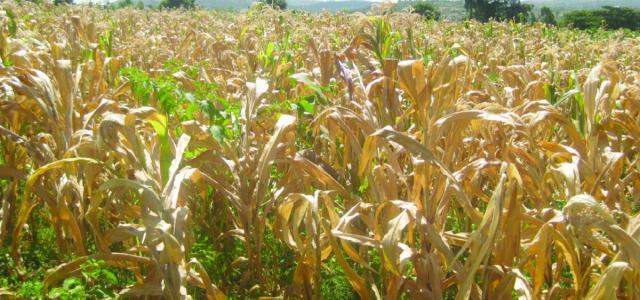
Farmers grappling with maize lethal necrosis disease can now control the disease through an online portal that provides up-to-date information and surveillance on how to stop it.
Maize Lethal Necrosis was first reported in Kenya in 2011 and has since then been reported in several countries in Eastern Africa, especially the Democratic Republic of the Congo, Ethiopia, Kenya, Rwanda, Tanzania and Uganda.
The maize lethal necrosis disease has caused losses worth millions of dollars for farmers and seed companies in the affected regions in sub-Saharan Africa, where maize is both a food and cash crop.
It is also affects food consumers since farmers have no maize crop to release to the market. This therefore calls for urgent need to find a sustainable and widely applicable solution as key stakeholders,” said Dr. Agnes Kalibata, President of Alliance for a Green Revolution in Africa (AGRA)
Related
Nandi farmer who abandoned maize for pineapples has no regrets
Agriculture ministry projects 44 per cent increase in maize production this year
Online platform links banana, potato and maize farmers to markets
The online portal, found at mln.cimmyt.org, details the spread of MLN, where the disease has been managed and controlled, and how to identify it in the field. It also provides key MLN publications, surveillance software, MLN incidence maps, and information on the MLN Screening Facility, and MLN-tolerant hybrids that are either released or in pipeline.
The MLN portal enables researchers to comprehensively assess the situation with regard to MLN, helps strengthen the national disease monitoring and diagnostic systems by providing faster and accurate data, and offers access to CIMMYT-offered MLN phenotyping services.
Some of notable symptoms of this virus in maize include mild severe mottling on the leaves, usually starting from the base of young leaves in the whorl and extending upwards towards the leaf tips.
Drying of thee leaf margins that progress to the mid-rib and eventually the entire leaf can also signify MLN attack.
Necrosis which is the drying of young leaves in the whorl before expansion, leading to a symptom known as “dead heart” and eventually plant death.
Maize production decreased by 6.3 per cent from 37.8m bags in 2016 to 35.4m bags in 2017 according to the 2018 economic survey report.
This was mainly attributed to drought experienced in most parts of the country which resulted in lower yields. During the period under review, maize imports increased more than eight fold to 1,328 thousand tonnes.